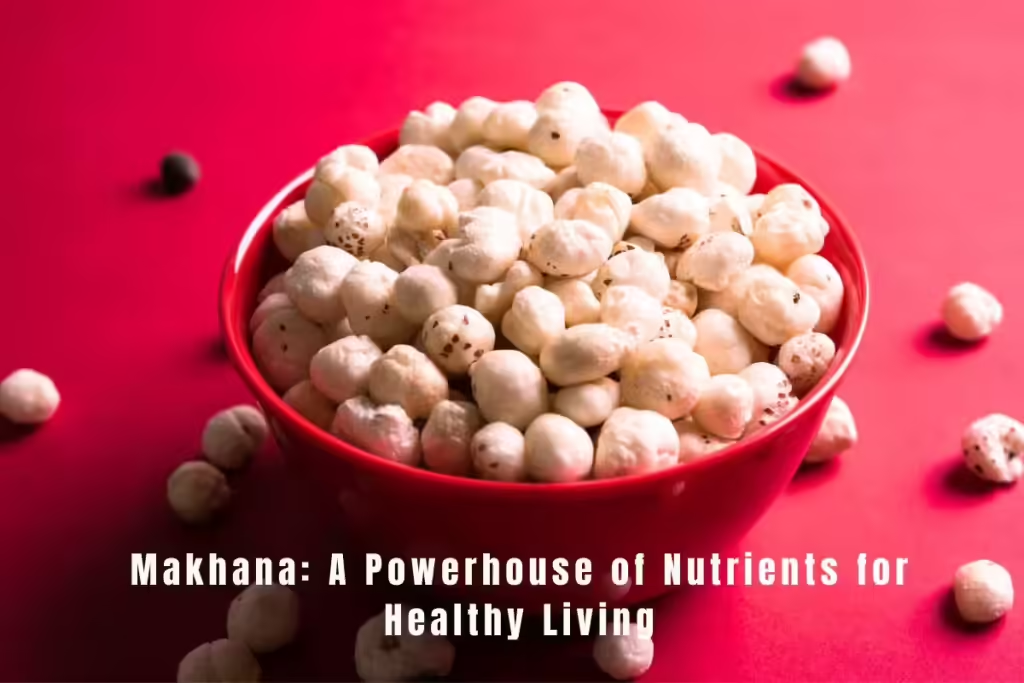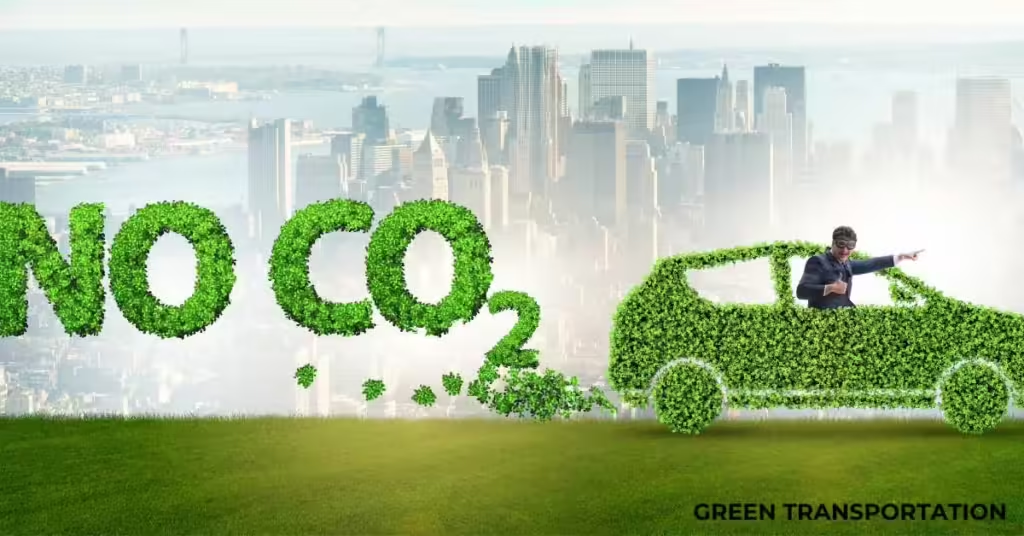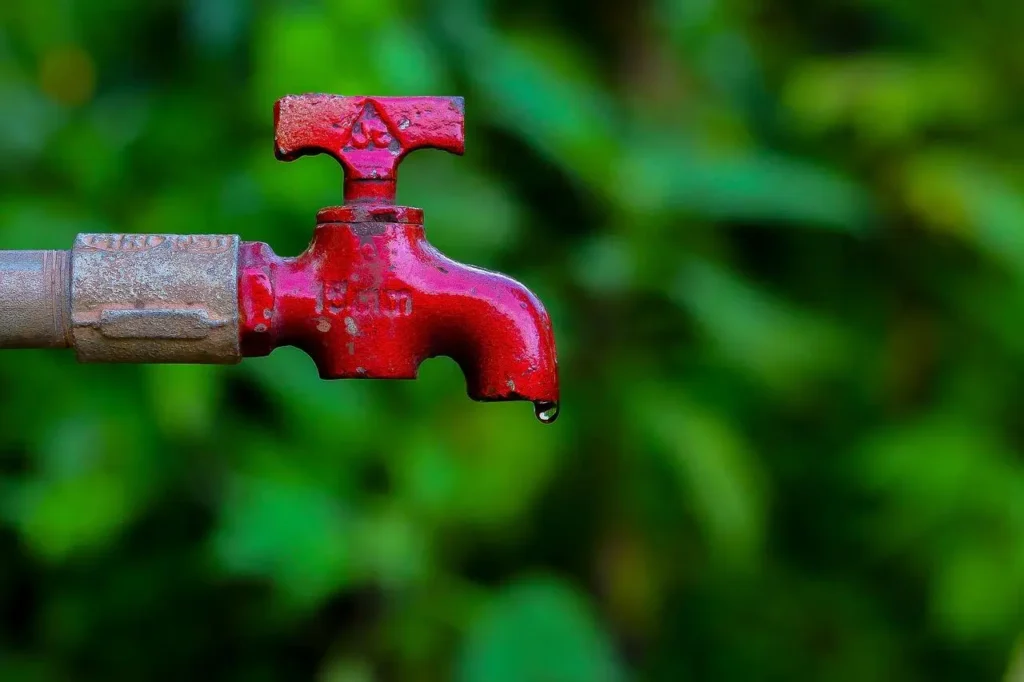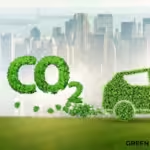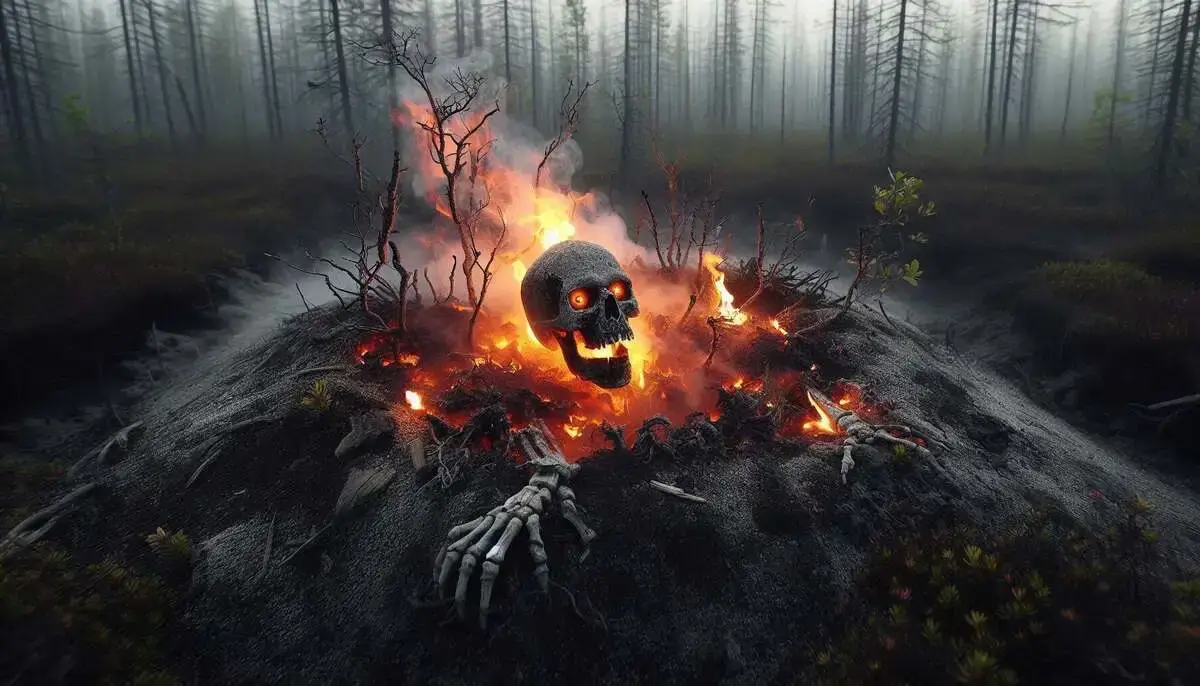Microplastics in our Food and Water? Shocking Truth Revealed.
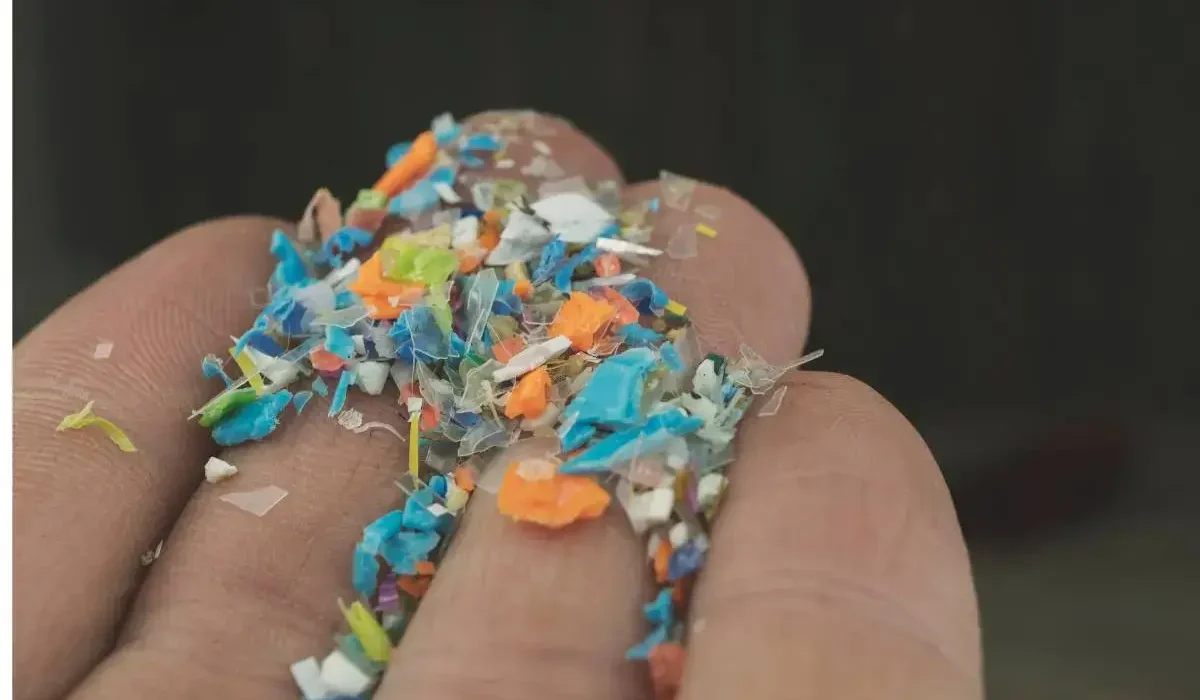
If I tell you that the food that is served on your plate, and the water you drink every day may have microplastic. A recent study has found that ninety percent of animal and vegetable protein contains microplastic. In 2018, PubMed Central published an article reporting that researchers found seafood contaminated with microplastics. They also reported that people consume 11,000 plastic particles every year through seafood. It is a huge concern for human health. Different studies even found evidence of microplastic in the air.
Let’s try to find the answer to some questions that are arising in your mind.
Is it a matter of concern? How microplastic can affect our health and body? What do studies say? Let’s find out.
What are microplastics?

The way we’ve been recklessly using plastic for decades, finding microplastics in our food water, and even in the air, is inevitable. Microplastic is a part of plastic products that we’ve been using and throwing it irresponsibly. Everywhere we can see abandoned plastic whether it is land or ocean, by the time plastic starts to break down into smaller parts due to the different weather conditions like sunlight, rain, and wind, and convert into microplastic. These particles further degrade into nanoplastics through mechanical and chemical processes. Some of the plastic converts into nanoplastics when it is consumed by animals as well.
EPA researchers found the size of microplastics ranges from 5 millimeters (equal to the size of a pencil eraser) to 1 nanometer, you can figure out 1 human hair can be 80,000 nanometers wide. Some microplastics cannot be seen with the naked eye.
How do microplastics transfer into food, air, and water?

-
- It is not a strange thing that we are getting microplastics in food and water. The way we are using and throwing plastics in the open environment. Most of the microplastic goes into underground soil and water. Eventually plants absorb these particles and spread over the leaves, flowers, and fruits of plants. Which we ultimately consume as different dishes.
-
- Did you know that microplastics are also found in toothpaste and cosmetic products? Yes, toothpaste and cosmetic products contain microplastic called Microbeads. When we wash our mouths and face, these plastics go into the water through the drainage system. These microbeads can pass through wastewater treatment plants as well. Ultimately, this treated water is used in irrigation and absorbed by crops.
-
- In another occurrence, Rainwater can wash microplastic from landfills and urban areas into lakes, rivers, and oceans contaminating the water supply and reaching us. This way we drink microplastic, not fresh water.
-
- As we are all aware of how clean our ocean is, there is no doubt marine creatures do not consume plastic or plastic particles. When we consume this seafood, it directly enters into our body.
-
- We wildly use plastic packaged food items in our daily intake. Over time, it releases microplastics in food items. Some items like Plastic bottled water, different snacks, and ready-to-eat food are highly contaminated.
Effects on Human Health
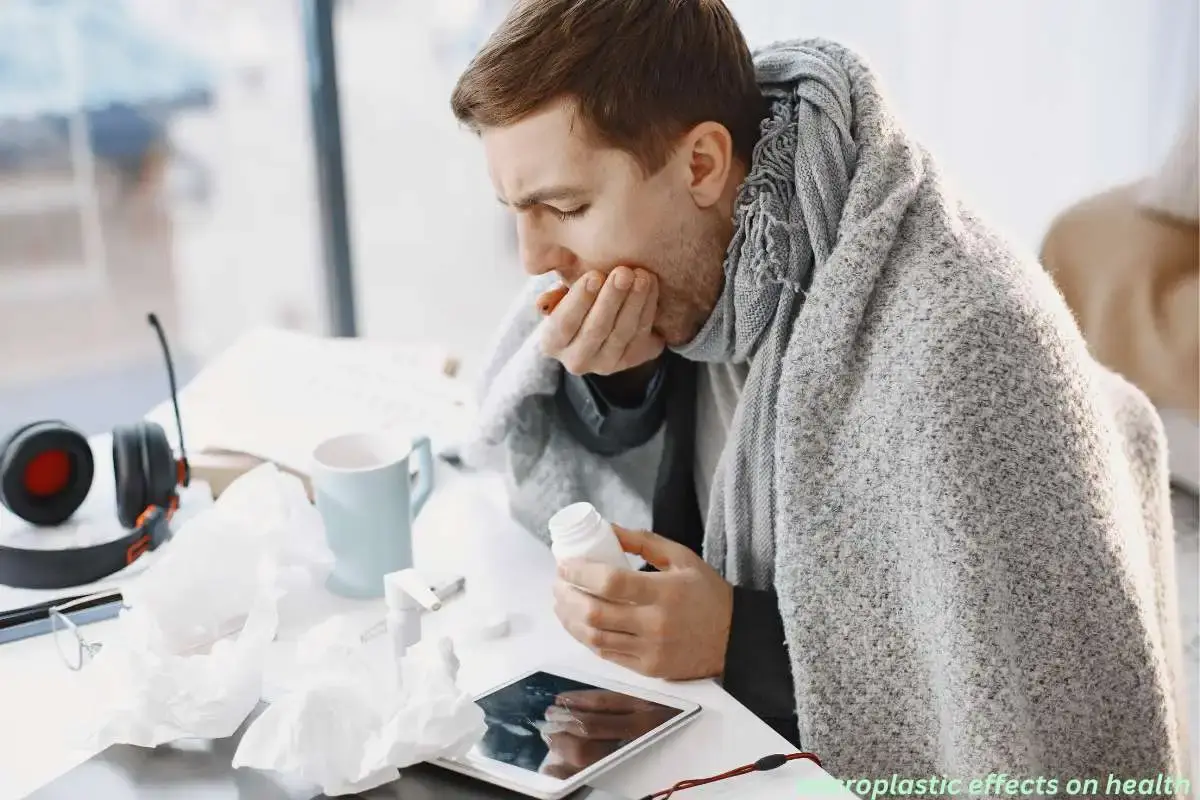
Different tests and studies have found that microplastics can cause damage to human cell damage. It could be worrisome if microplastic enters into the brain.
The researchers are concerned that microplastics contain various harmful chemical components like polybrominated diphenyl ethers (PBDE), nonylphenol (NP), octylphenol (OP), and bisphenol A (BPA). All of these components can severely harm our bodies. However, researchers have not conducted the test on a large group of people, and there is a research gap and no scientific acceptance of the impact of microplastic and nanoplastic. But this is a huge matter of concern and different research is going on.
As, the NOAA Marine Debris Program is conducting research with the help of its research team by collecting sediment, sand, and surface-water microplastic samples. Several studies are conducting to know the actual impact of microplastic on our health as well.
Let’s take a look at what different research has said about microplastic in foods.
Microplastic in Sugar and Salt
-
- According to Science, Direct, researchers have found microplastics in all brands of sugar and salt. The study found that an adult can be exposed to 15,540-23,660 microplastic particles per year, while children may be exposed to 3,552 to 5,408 particles through salt and sugar, which may have a potential impact in the long run
Microplastic in seafood
-
- According to the EHP( Environmental Health Perspective) a human who eats seafood can consume 53,864 particles of microplastic annually.
Plastic particles in water bottle
-
- According to the NIH( National Institute of Health), A recent study has found 240,000 micro-pieces of plastic in one liter of a water bottle. The study said that 10 to 100 times more plastic was found than in earlier studies.
-
- Previously in 2018 research held at the State University of New York at Fredonia clarified that they conducted a global study of 250 water bottles from different nine countries and different brands. They found almost 10 particles of plastic in each liter of bottled water that was bigger than the human hair.
Microplastic in beer
-
- Consumption of beer is also not away from microplastic, this worrisome research published by Sunway University, Malaysia. The person who is consuming beer can intake 533 to 1484 microplastic particles per year. Research conducted on Malaysian beer found that almost all brands contained microplastic particles, ranging from 75.8 to 212 particles per liter. The average size of the plastic particles was less than 0.5 mm.
What measures are required to mitigate the impact of microplastics?
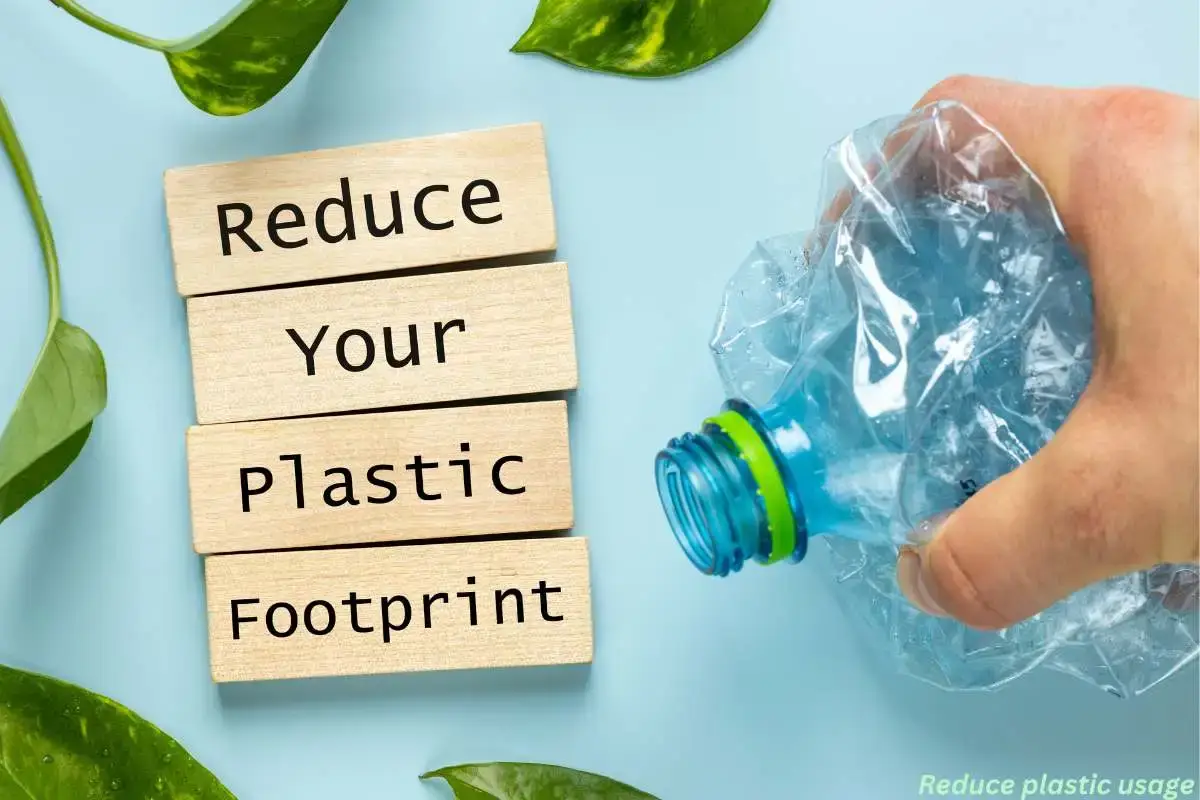
-
- First and foremost things, we need to cut off our dependency on single-use plastic. Now the time has come to take stern action.
You can check this article to reduce waste at your home.
-
- Try to avoid plastic packaged food in our daily intake. We need to focus on more sustainable and organic food packaging.
-
- We need to focus on sustainable living and adopt a sustainable approach to live life if we want to breathe in a microplastic-free environment.
-
- Use bamboo water bottles, copper bottles, or steel bottles to drink water as much as possible and avoid plastic water bottles, all these are better for health as well as it is a sustainable option.
-
- Try to keep food in a glass jar to avoid releasing microplastic in food items.
-
- We need to avoid processed and ultra-processed foods wrapped in plastic.
-
- We should encourage people to go for eco-friendly products instead of using regular products.
Check this out to know about the available eco-friendly products.
Conclusion:
The world is grappling with pollution and climate change. To fulfill our comfort our desires we have destroyed our earth’s climate and environment for that we need to pay for it. All these are the initial signs of our irresponsible activities that we are consuming plastic every second through air, food, and drink. Although there is no initial sign of the direct effect of these plastic particles. In the long run, it may be hazardous.



